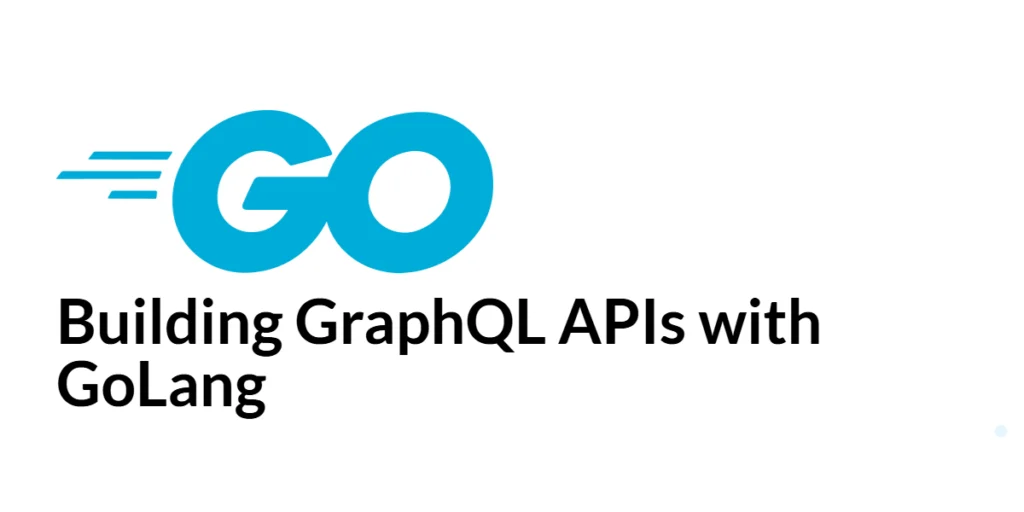GoLang for Game Development: Getting Started
Game development is a captivating field that combines creativity and technical skills to create interactive experiences. While traditionally dominated by languages like C++ and C#, GoLang is emerging as a viable option for game development due to its simplicity, performance, and concurrency support. GoLang’s robust standard library and active community contribute to its growing popularity […]
GoLang for Game Development: Getting Started Read More »









